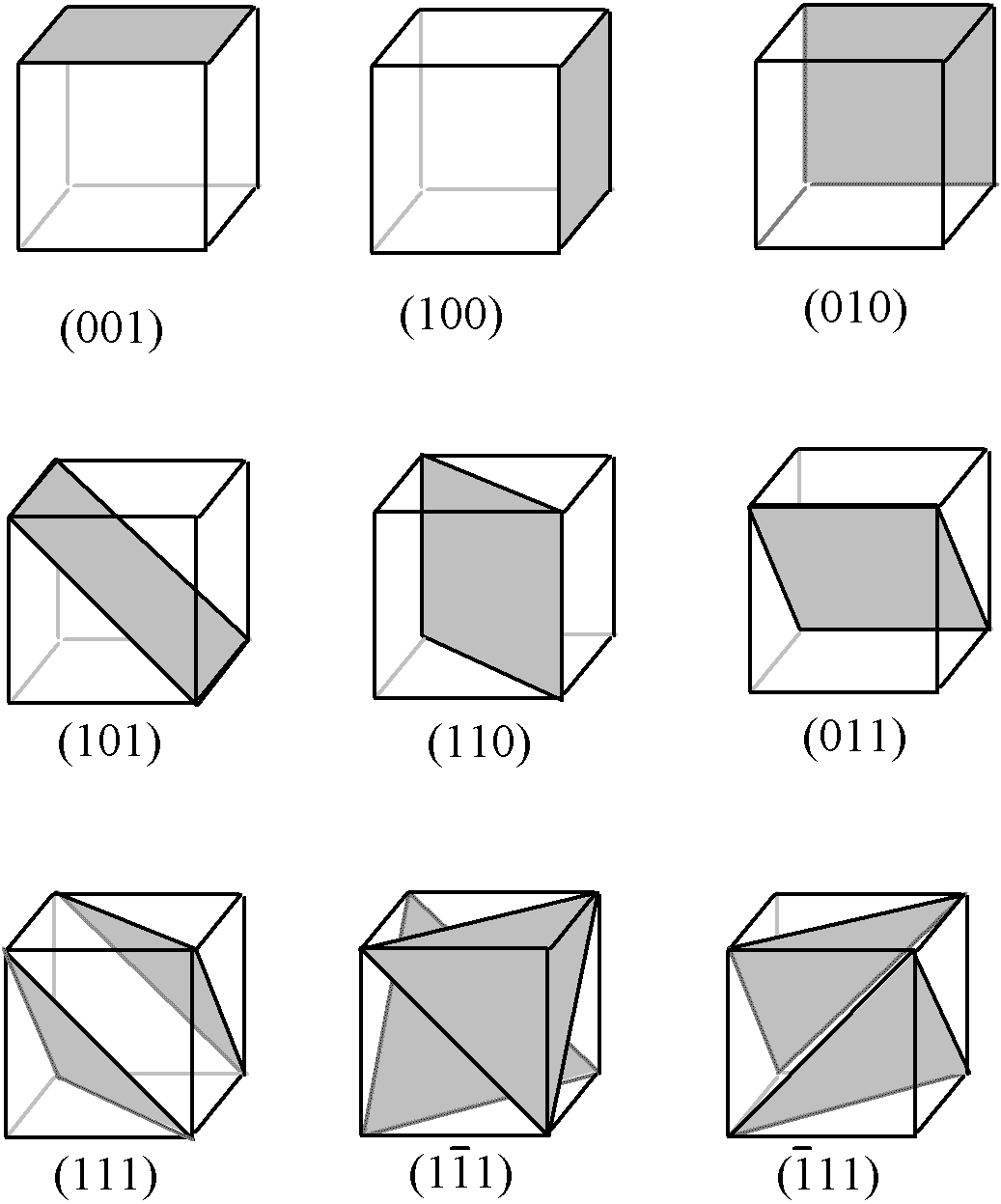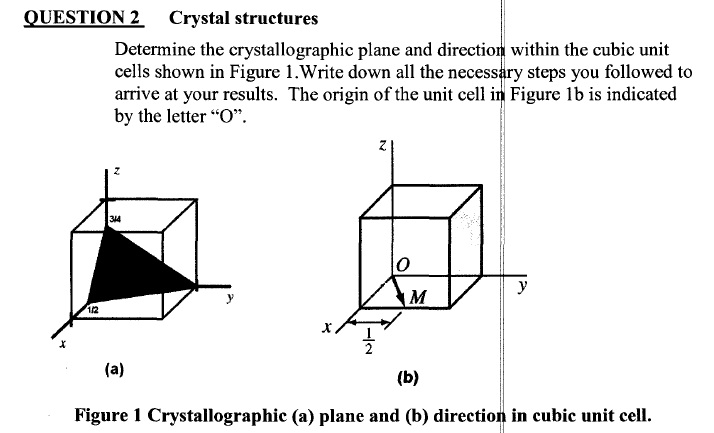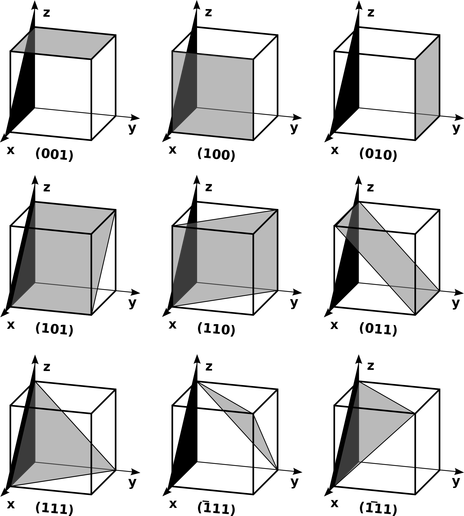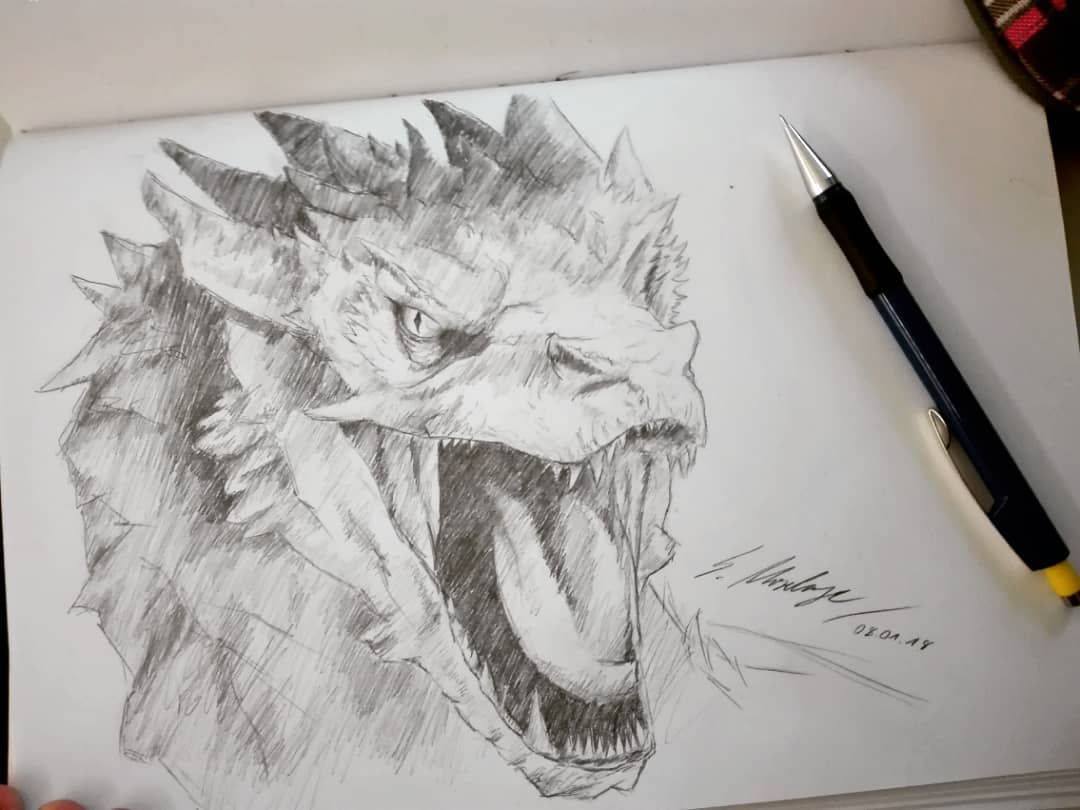Line coding
Table of Contents
Table of Contents
Are you struggling to draw crystallographic planes and looking for some guidance to get it right? Look no further because this article will guide you through the process step by step!
The struggles of drawing crystallographic planes
For many, drawing crystallographic planes can be a daunting and frustrating task. With so many different planes, directions, and indices to keep track of, it’s easy to get overwhelmed and confused. Additionally, crystallographic planes require a certain level of precision and accuracy, which can make the task even more challenging.
Answering the target of drawing crystallographic planes
Before diving into the process of drawing crystallographic planes, it’s important to understand the basics. A crystal plane is a flat surface within a crystal lattice that is defined by its Miller indices. These indices are used to describe the orientation of the plane relative to the crystal axes. To draw a crystal plane, you’ll need to first identify the Miller indices of the plane, and then use these indices to find the location of the points on the plane.
Summary of the main points
To summarize, drawing crystallographic planes requires a basic understanding of crystal planes, directions, and indices. To get started, you’ll need to identify the Miller indices of the plane and then use those indices to locate specific points on the plane. With practice and patience, you can master the art of drawing crystallographic planes!
How to draw crystallographic planes - step by step
As someone who struggled with drawing crystallographic planes, let me share my personal experience.
First, you’ll need to identify the Miller indices of the plane that you want to draw. This information is typically given to you in a crystallographic diagram or provided by a professor.
 Once you have the Miller indices, you’ll need to use them to locate the points on the plane. To do this, you’ll need to use a ruler and a protractor to measure the distances and angles between the points.
Once you have the Miller indices, you’ll need to use them to locate the points on the plane. To do this, you’ll need to use a ruler and a protractor to measure the distances and angles between the points.
 Next, you’ll need to connect the points on the plane using straight lines. These lines will form the boundaries of the crystal plane.
Next, you’ll need to connect the points on the plane using straight lines. These lines will form the boundaries of the crystal plane.
Finally, shade in the area inside the boundaries to complete the drawing of the crystal plane. Congratulations, you’ve successfully drawn a crystallographic plane!
Going deeper into drawing crystallographic planes
It’s important to note that drawing crystallographic planes requires a high level of precision and attention to detail. Even small errors in measurement or calculation can result in significant inaccuracies in the final drawing. To avoid these errors, it’s important to take your time and check your work frequently.
 Additionally, it’s helpful to practice drawing different types of crystal planes and to seek feedback from a professor or mentor to improve your technique. With dedication and persistence, you can become proficient in drawing crystallographic planes and gain a deeper understanding of crystal structures.
Additionally, it’s helpful to practice drawing different types of crystal planes and to seek feedback from a professor or mentor to improve your technique. With dedication and persistence, you can become proficient in drawing crystallographic planes and gain a deeper understanding of crystal structures.
Common challenges when drawing crystallographic planes
One common challenge when drawing crystallographic planes is identifying the correct Miller indices for the desired plane. This often requires a strong understanding of crystal structures and can be time-consuming.
Another challenge is accurately measuring the distances and angles between the points on the plane. This can be particularly challenging for planes with complex orientations or when working with small-scale drawings.
Question and Answer
Q: What are Miller indices?
A: Miller indices are a system used to describe the orientation of crystal planes and directions within a crystal lattice. They are based on the reciprocals of the intercepts made by the plane or direction on the crystal axes.
Q: Can crystal planes have negative Miller indices?
A: Yes, crystal planes can have negative Miller indices. This occurs when the plane intersects the negative side of an axis instead of the positive side.
Q: What is a crystal lattice?
A: A crystal lattice is a repeating pattern of points in three-dimensional space that describes the arrangement of atoms or ions in a crystal structure.
Q: Why is accuracy important when drawing crystallographic planes?
A: Accuracy is important because even small errors in measurement or calculation can result in significant inaccuracies in the final drawing. It’s essential to take your time and check your work frequently to avoid errors.
Conclusion of how to draw crystallographic planes
Drawing crystallographic planes can be a challenging task, but with practice and dedication, it’s possible to master this essential skill for studying crystal structures. By following the steps outlined in this article and seeking feedback from professionals, you can quickly improve your technique and gain a deeper understanding of crystallography.
Gallery
Solved Determine The Crystallographic Plane And Direction | Chegg.com

Photo Credit by: bing.com / crystallographic
Line Coding - STUDYTRONICS

Photo Credit by: bing.com / crystal plane silicon structure lattice crystallographic
Easy Steps To Label And Draw Crystal Planes With Miller Indices - YouTube

Photo Credit by: bing.com / miller planes indices crystal draw label steps
Kristallebene

Photo Credit by: bing.com /
Crystallographic Points, Directions & Planes

Photo Credit by: bing.com / crystallographic construct





